
Deutsch-Chinesische Enzyklopädie, 德汉百科
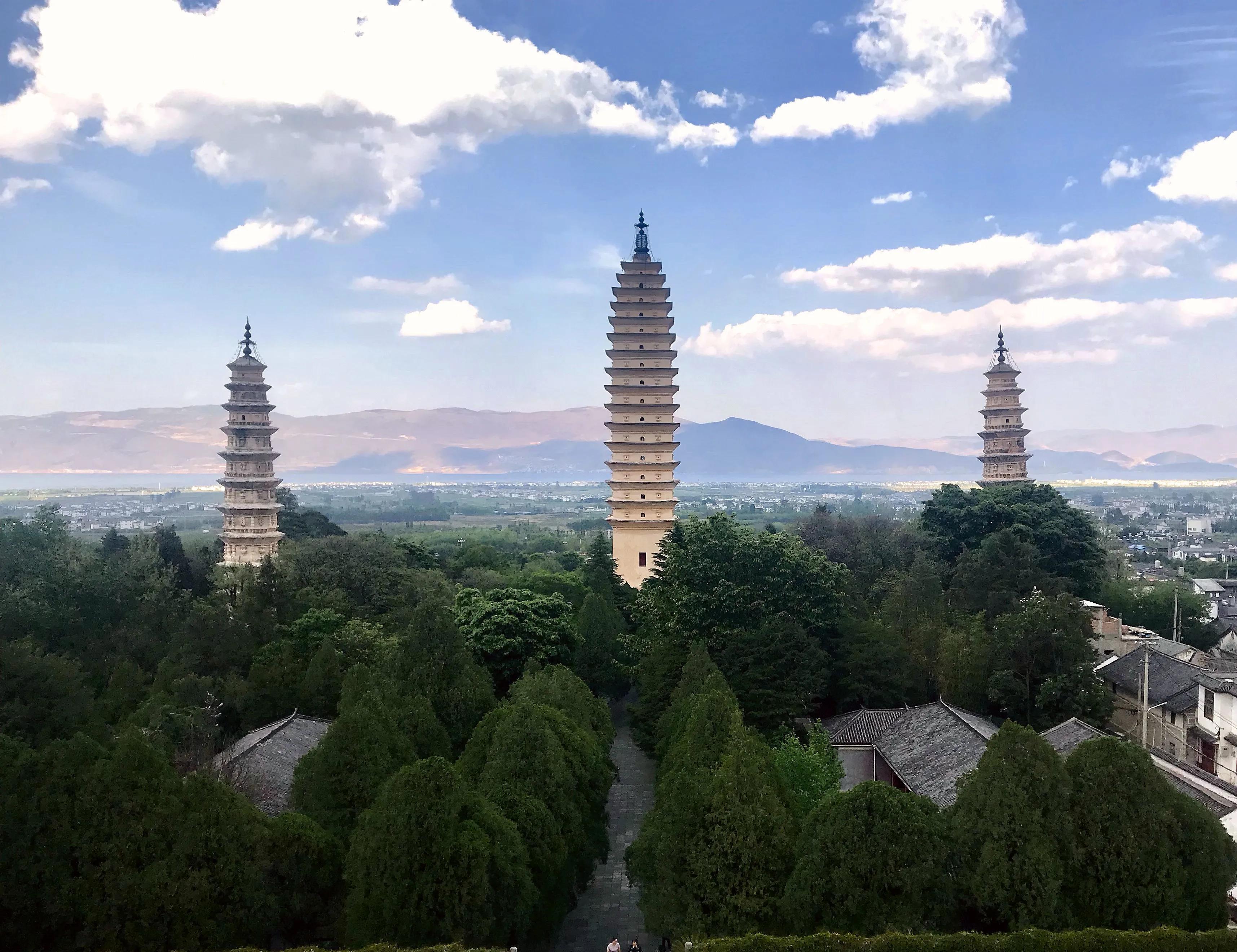
Die Drei Pagoden des Chongsheng-Klosters (chinesisch 崇圣寺三塔, Pinyin Chongsheng si san ta, englisch Three Pagodas) in Dali, der Hauptstadt des Autonomen Bezirks Dali der Bai in der südwestchinesischen Provinz Yunnan, sind im alten Baustil der Bai-Nationalität erbaut.
Die mächtige Mittelpagode (Qianxun-Pagode) wurden zwischen den Jahren 823 und 859 erbaut, in der Ära des Königs Quan Fengyou 劝丰佑 des lokalen Königreiches Nanzhao. Sie ist 69,13 m hoch und hat 16 Stockwerke. Die beiden kleineren, später erbauten Pagoden im Norden und Süden sind jeweils 42,19 m hoch und haben 10 Stockwerke.
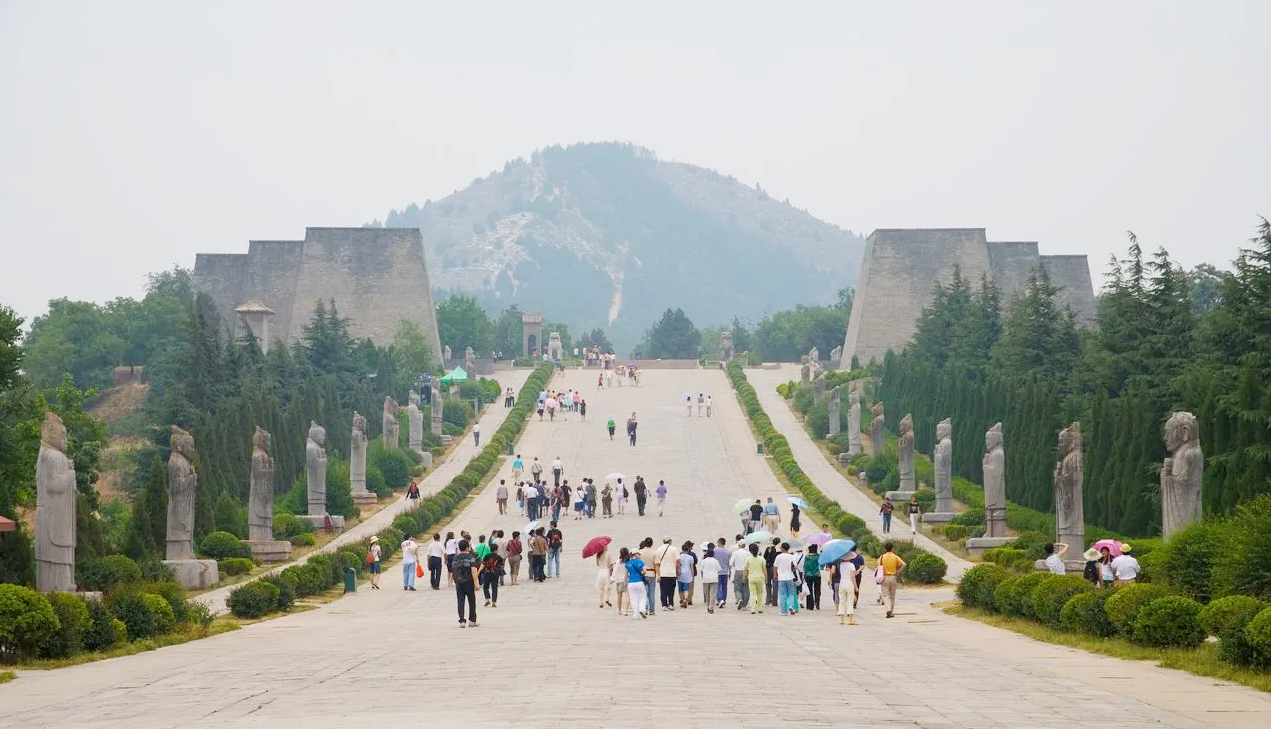
Das Qianling-Mausoleum (乾陵, Qiánlíng) bzw. Qiangling-Mausoleum der Tang-Dynastie (唐乾陵, Táng Qiánlíng) ist die Grabanlage des dritten Tang-Kaisers Gaozong (reg. 650-683) und seiner Gemahlin, der späteren Kaiserin Wu Zetian (reg. 684–704), im Kreis Qian in der chinesischen Provinz Shaanxi. Die Verstorbenen wurden hier im Jahr 684 bzw. 706 beigesetzt.

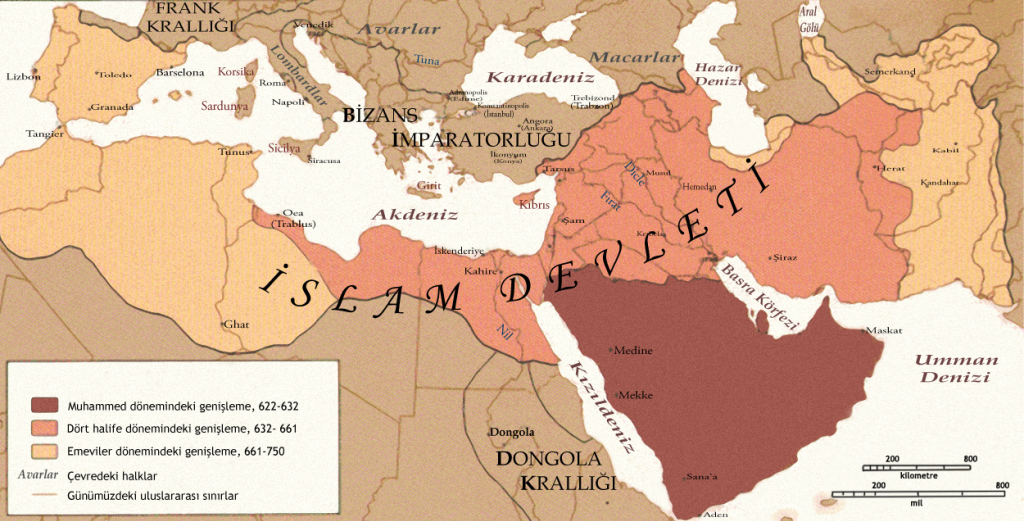
四大哈里发或正统哈里发(阿拉伯文:الخلفاء الراشدون)是指伊斯兰教创始人穆罕默德逝世后自632年至661年相继执掌阿拉伯伊斯兰国家政教大权的四位继承人(即哈里发),他们分别是阿布·伯克尔、欧麦尔·本·赫塔卜、奥斯曼·本·阿凡和阿里·本·阿比·塔利卜。由于四大哈里发都是通过民主选举或推举而产生的,他们的继位获得了大多数穆斯林的认可,故称这一时期为哈里发国家的“神权共和时期”。
逊尼派穆斯林承认四位哈里发都是先知穆罕默德的合法继承人,故有“正统”之称,而什叶派穆斯林只承认阿里及其后裔是合法的哈里发,视阿里之前的三位哈里发为篡位者。
正统哈里发在位期间,新生的阿拉伯伊斯兰政权得到了巩固,并开始了大规模的对外征服(穆斯林称之为圣战),传播了伊斯兰教,为阿拉伯帝国的形成奠定了基础。
第四位“正统哈里发”阿里遇刺后,继哈里发之位的其子哈桑·本·阿里·本·阿比·塔利卜不久就在叙利亚总督穆阿威叶的威逼利诱下放弃哈里发之位,穆阿威叶继任哈里发,哈里发国家的“神权共和”时期结束,开始了世袭制的倭马亚王朝。
The Rashidun Caliphate (Arabic: الخلافة الراشدة, al-Khilāfa al-Rāšidah; 632–661) was the first of the four major caliphates established after the death of the Islamic prophet, Muhammad. It was ruled by the first four successive caliphs (successors) of Muhammad after his death in 632 CE (AH 11). These caliphs are collectively known in Sunni Islam as the Rashidun, or "Rightly Guided" caliphs (اَلْخُلَفَاءُ ٱلرَّاشِدُونَ al-Khulafā’ur-Rāshidūn). This term is not used in Shia Islam as Shia Muslims do not consider the rule of the first three caliphs as legitimate.[2]
The Rashidun Caliphate is characterized by a twenty-five year period of rapid military expansion, followed by a five-year period of internal strife. The Rashidun Army at its peak numbered more than 100,000 men. By the 650s, the caliphate in addition to the Arabian Peninsula had subjugated the Levant, to the Transcaucasus in the north; North Africa from Egypt to present-day Tunisia in the west; and the Iranian plateau to parts of Central Asia and South Asia in the west.
The caliphate arose out of the death of Muhammad in 632 CE and the subsequent debate over the succession to his leadership. Abu Bakr, a close companion of Muhammad from the Banu Taym clan, was elected the first Rashidun leader and began the conquest of the Arabian Peninsula. He ruled from 632 to his death in 634. Abu Bakr was succeeded by Umar, his appointed successor from the Banu Adi clan, who began the conquest of Persia from 642 to 651, leading to the defeat of the Sassanid Empire. Umar was assassinated in 644[3] and was succeeded by Uthman, who was elected by a six-person committee arranged by Umar. Under Uthman began the conquest of Armenia, Fars and Khorasan.[4] Uthman was assassinated in 656[5] and succeeded by Ali, who presided over the civil war known as the First Fitna (656–661). The war was primarily between those who supported Uthman's cousin and governor of the Levant, Muawiyah, and those who supported the caliph Ali. The civil war permanently consolidated the divide between Sunni and Shia Muslims, with Shia Muslims believing Ali to be the first rightful caliph and Imam after Muhammad.[6] A third faction in the war supported the governor of Egypt, Amr ibn al-As. The war was decided in favour of the faction of Muawiyah, who established the Umayyad Caliphate in 661.
Les califes bien guidés (en arabe : اَلْخِلَافَةُ ٱلرَّاشِدَةُ al-Khilāfātu al-Rāshidatu)(632-661) désignent les quatre premiers califes. Cette appellation vient du fait qu'ils sont considérés dans l'islam sunnite comme des chefs modèles qui ont suivi scrupuleusement la voie de Mahomet. Ils étaient pour la plupart les compagnons très proches du prophète. Leur succession, pas héréditaire à la base deviendra la coutume[pas clair] pour les successions musulmanes postérieures. Le concept et la dénomination de « califes bien guidés » a été créé postérieurement, par la dynastie abbasside, et sa dénomination est inspirée par le hadith où Mahomet a dit : « Tenez fermement à mon exemple (sunna) et celui des califes bien guidés1 ».
L'espressione Califfato dei Rāshidūn (in arabo: خلافة ﺍﻟﺮﺍﺷﺪﻭﻥ, Khilāfat al-Rāshidūn), ossia "Califfato degli Ortodossi", identifica il trentennio circa di storia islamica (632-661) in cui la Umma fu retta dai quattro Califfi Abū Bakr, ʿUmar ibn al-Khattāb, ʿUthmān b. ʿAffān e ʿAlī b. Abi Tālib. L'essere stati tra i musulmani più illustri per anzianità di fede (sābiqa) e per parentela o affinità col profeta Maometto (karāba), e l'essere stati prescelti in base a criteri di efficienza e non di appartenenza familiare, li ha fatti definire dai musulmani come "ortodossi" (rāshidūn).[2]
El califato bien guiado o califato Rashidun (en árabe: الخلفاء الراشدون al-ḫulafāʔ al-rāšidūn) es el nombre que se da en la tradición musulmana sunní a los cuatro primeros califas que sucedieron a Mahoma, desde el 632 al 661. En muchas lenguas europeas se les conoce también como califas ortodoxos. Los sunníes de lengua urdu a veces les llaman los cuatro amigos (چار یار, chaar yaar) y a su dominio el reinado de los cuatro califas.
Algunos incluyen a Hasan ibn Ali, hijo de Alí, como el quinto califa rāshid.
Según los chiíes, el primer califa fue Alí seguido de los imames chiíes, pues aducen que esta sucesión la decidió el mismo Mahoma.
Para los jariyitas (abadíes), no hubo más que dos califas bien guiados, ya que, en su opinión, sólo parte de los califatos de Uthmán y Alí ibn Abi Tálib fueron bien guiados.
Пра́ведный халифа́т (араб. الخلافة الراشدية) — государство, созданное после смерти пророка Мухаммеда в 632 году. Халифат последовательно возглавляли четыре праведных халифа: Абу Бакр, Умар ибн аль-Хаттаб, Усман ибн Аффан и Али ибн Абу Талиб. Территория халифата включала Аравийский полуостров, Шам, Кавказ, часть Северной Африки от Египта до Туниса и Иранское нагорье. Праведный халифат положил начало Арабскому халифату.
 Andenzivilisation
Andenzivilisation

 Geschichte
Geschichte

 Geschichte
Geschichte
 J 0 - 500 nach Christus
J 0 - 500 nach Christus

 Geschichte
Geschichte
 K 500 - 1000 nach Christus
K 500 - 1000 nach Christus
 Peru
Peru

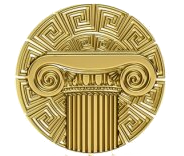 Zivilisation
Zivilisation



拉齐(波斯語:ابوبكر محمّد زکرياى رازى ,Abūbakr Mohammad-e Zakariā-ye Rāzī ;865年8月26日-925年),波斯医师、炼金术师、化学家、哲学家。他博学多才,为早期医学、化学、音乐和哲学领域做出很大贡献。医学方面,他发现天花与麻疹是两种不同的疾病,并最早阐明了过敏和免疫的原理。化学上,他发现乙醇,并认为元素嬗变为金银是可能的。他创立了完善的蒸馏和提取方法,并通过蒸馏绿矾(油)和石油,分别发现硫酸和煤油。一生著有200部书籍和文章,记载了他在各领域的探索。
Abū Bakr Muḥammad bin Zakaryā ar-Rāzī (arabisch أبو بکر محمد بن زکریا الرازی;[1] kurz ar-Rāzī, in der westlichen Welt bekannt unter dem gräzisierten Namen Rhazes (auch Razes und Rhases) oder Rasis; * um 865 in Rey; † um 925 ebenda),[2] war ein persischer Arzt, Verfasser eines umfangreichen Sammelwerks der klinischen Medizin, Naturwissenschaftler, Übersetzer, Philosoph, islamischer Religionskritiker und Alchemist.



罗马式,是从9到13世纪初的建筑风格,因采用古罗马式的卷、拱而得名。罗曼式建筑以教堂为主。主要特征是厚实的砖石墙、窄小的窗口、半圆形拱卷、逐层挑出的门框装饰和高大的塔楼。罗曼式教堂给人以雄浑庄重的印象。沃尔姆斯大教堂是罗曼式建筑的一个典型范例。
Romanik盛行于10-12世纪,基于罗马,拜占庭和叙利亚的影响。 早期罗马式作品兼有加洛林和奥托王朝风格的要素,后来欧洲各地逐渐形成这种风格的地方性特色。1054年东西教会大分裂后,西派教会势力增强,欧洲各地竞 相兴建或修复教堂和修道院。 罗马式艺术在1075-1125年间达到高潮。在爱尔兰和英格兰的早期基督教艺术(8-10世纪)中。吸收北方异教徒和创造性主题组成的曲线风格。特别重 要的实例是十字架和教会手抄本,其中的几何形和生物装饰巧妙地交织在一起,变化无穷。这时期中受教会支持的克尔特,撒克逊和英格蓝诸流派的作品中,可以看 到明显的差异。(Quelle:http://baike.baidu.com/view/923922.html?fromTaglist)
 Architektur
Architektur
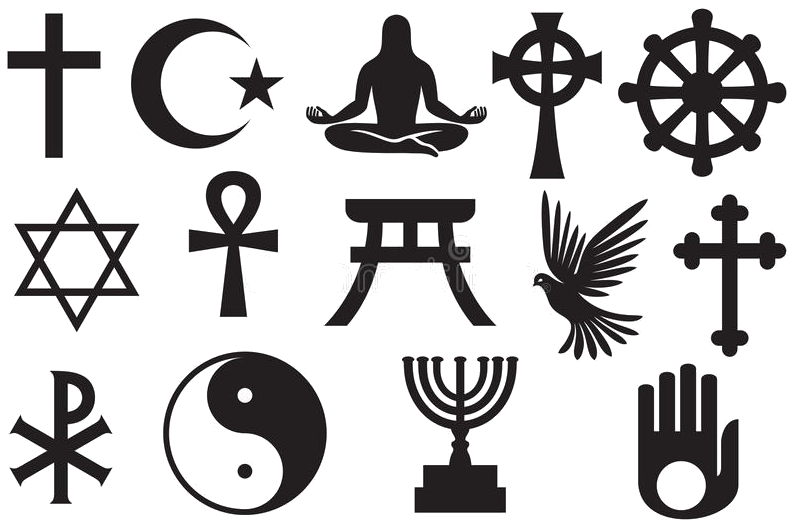 Religion
Religion

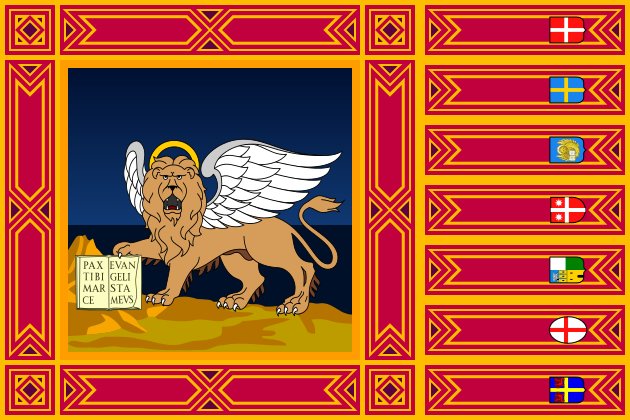 Veneto
Veneto
 Wissenschaft und Technik
Wissenschaft und Technik
 Kunst
Kunst
 Weltkulturerbe
Weltkulturerbe

 Rueckblick
Rueckblick
 Traditionen
Traditionen